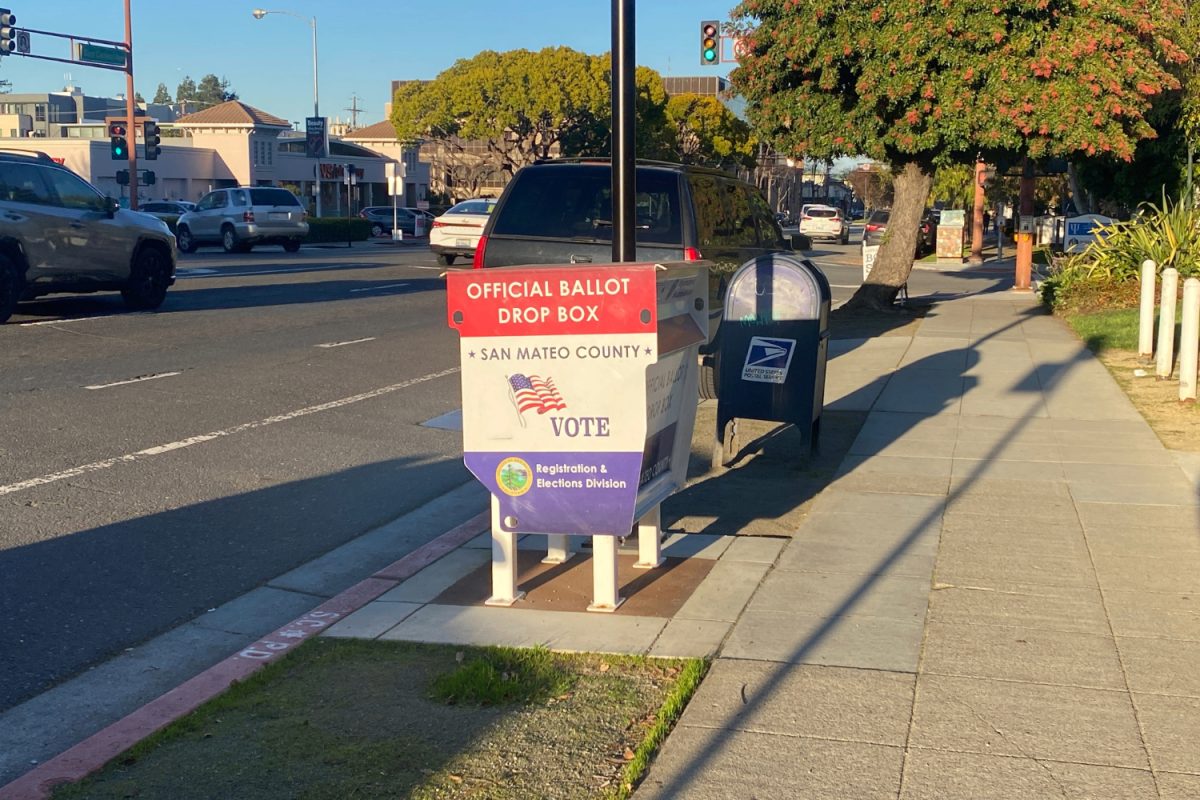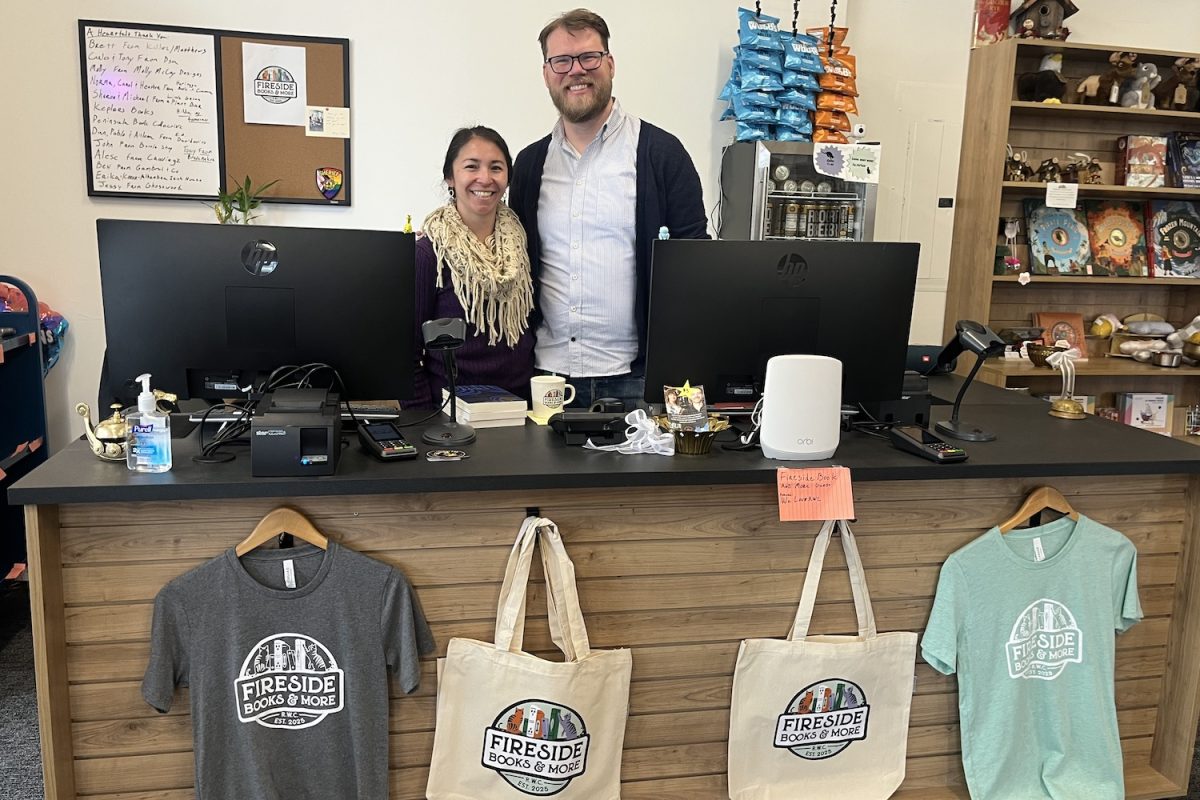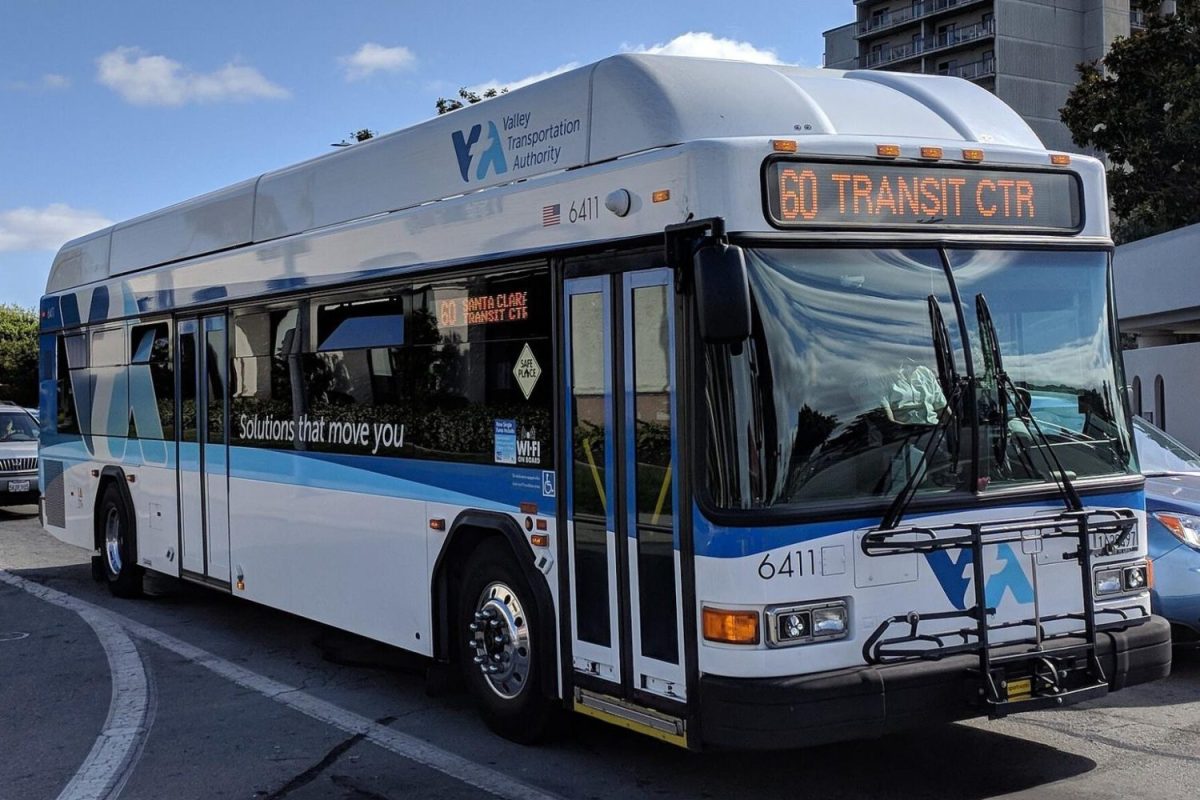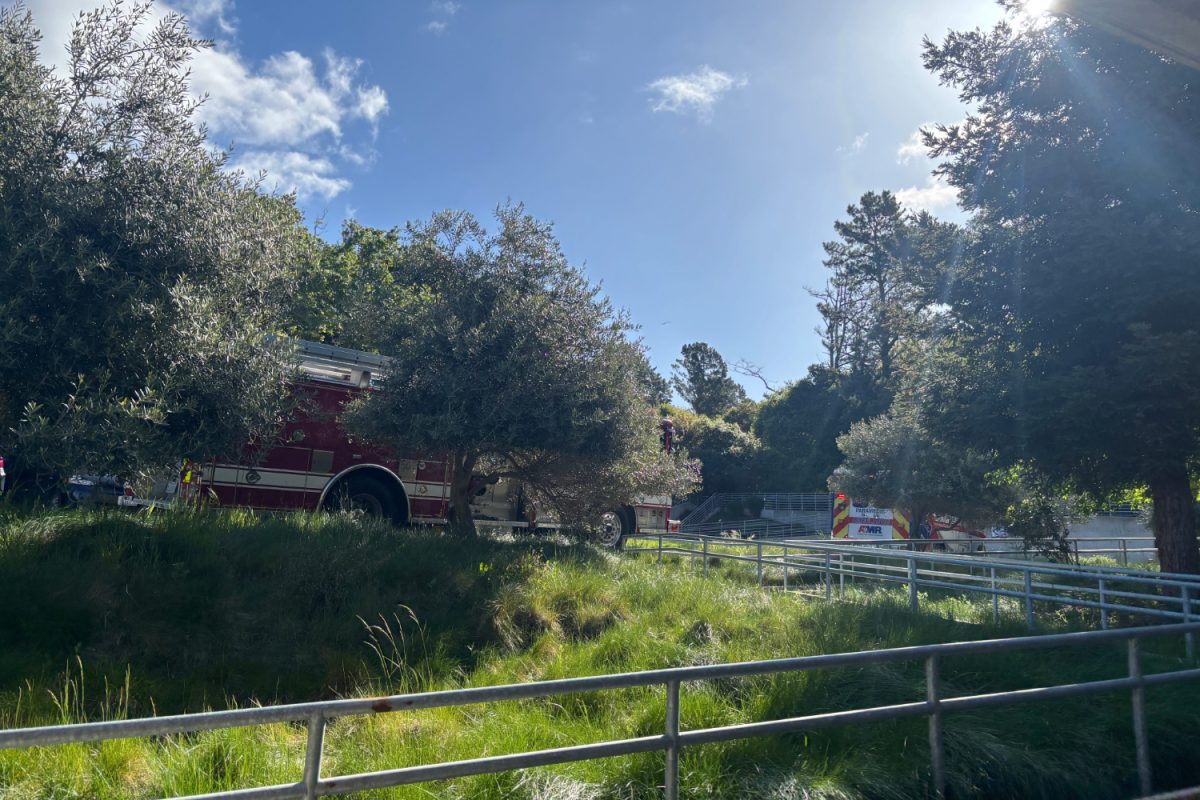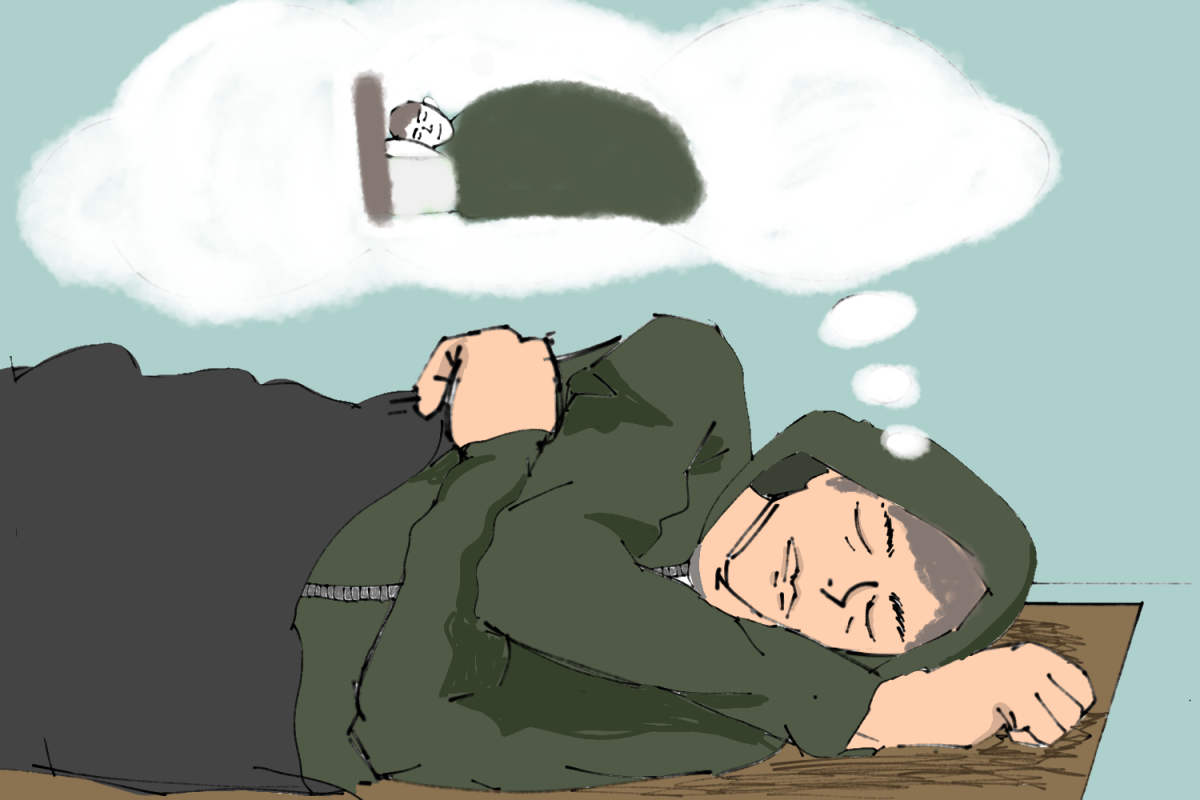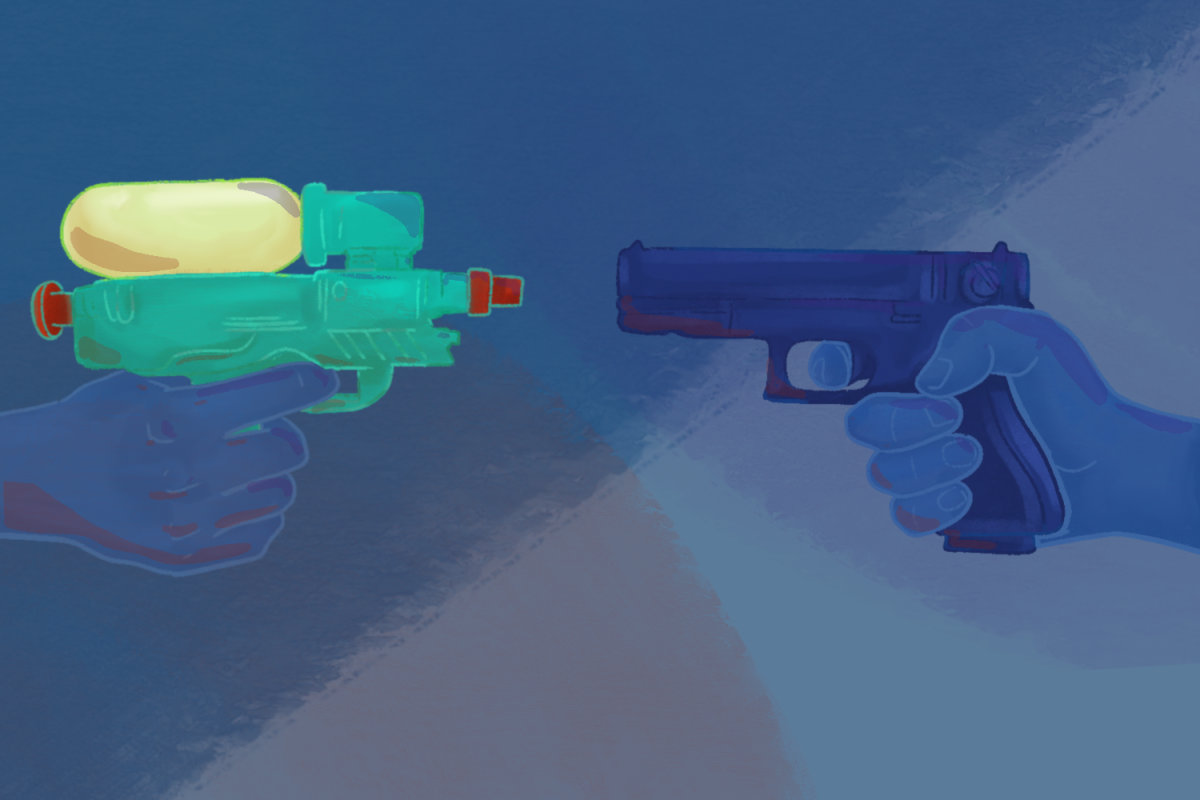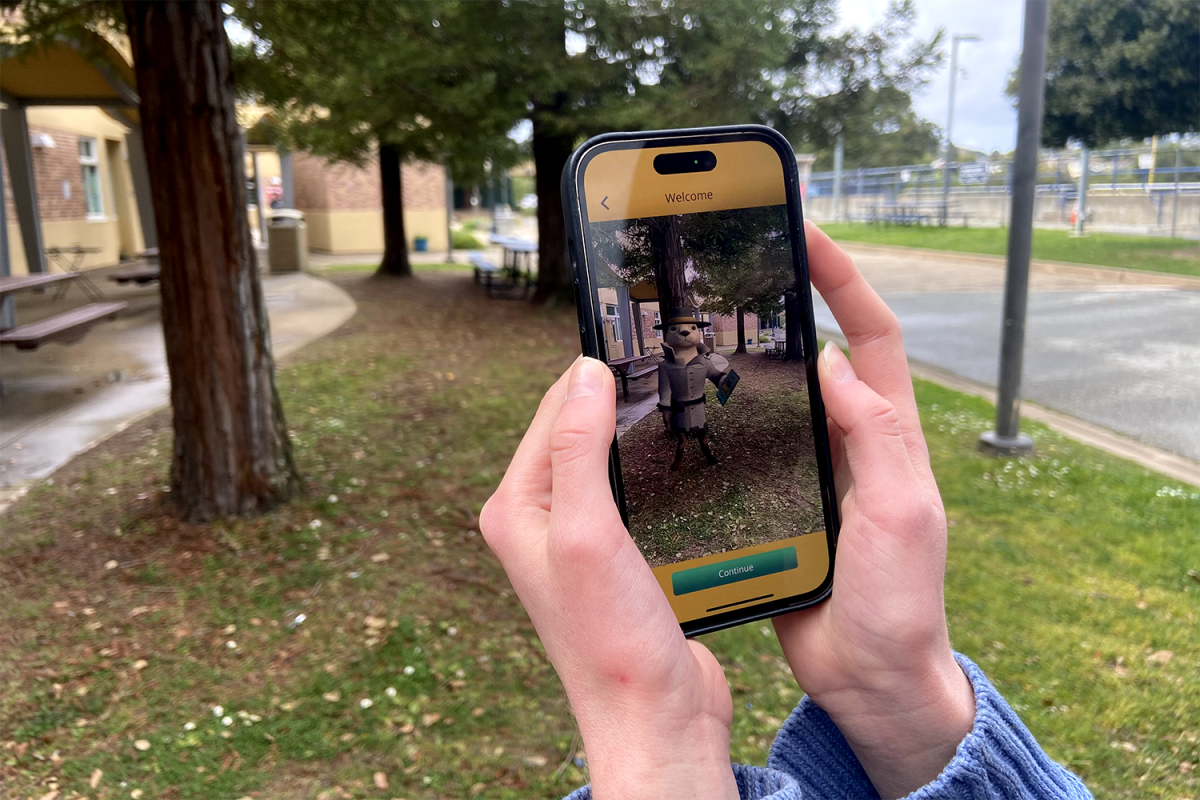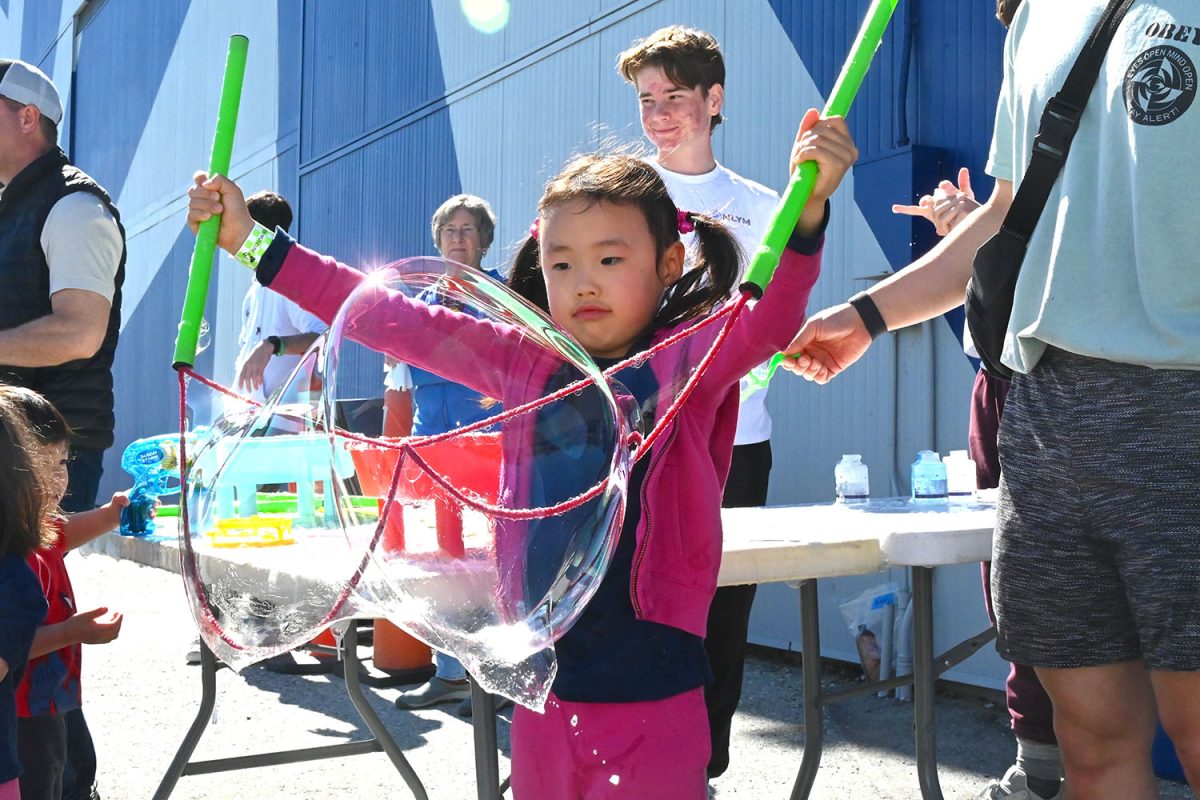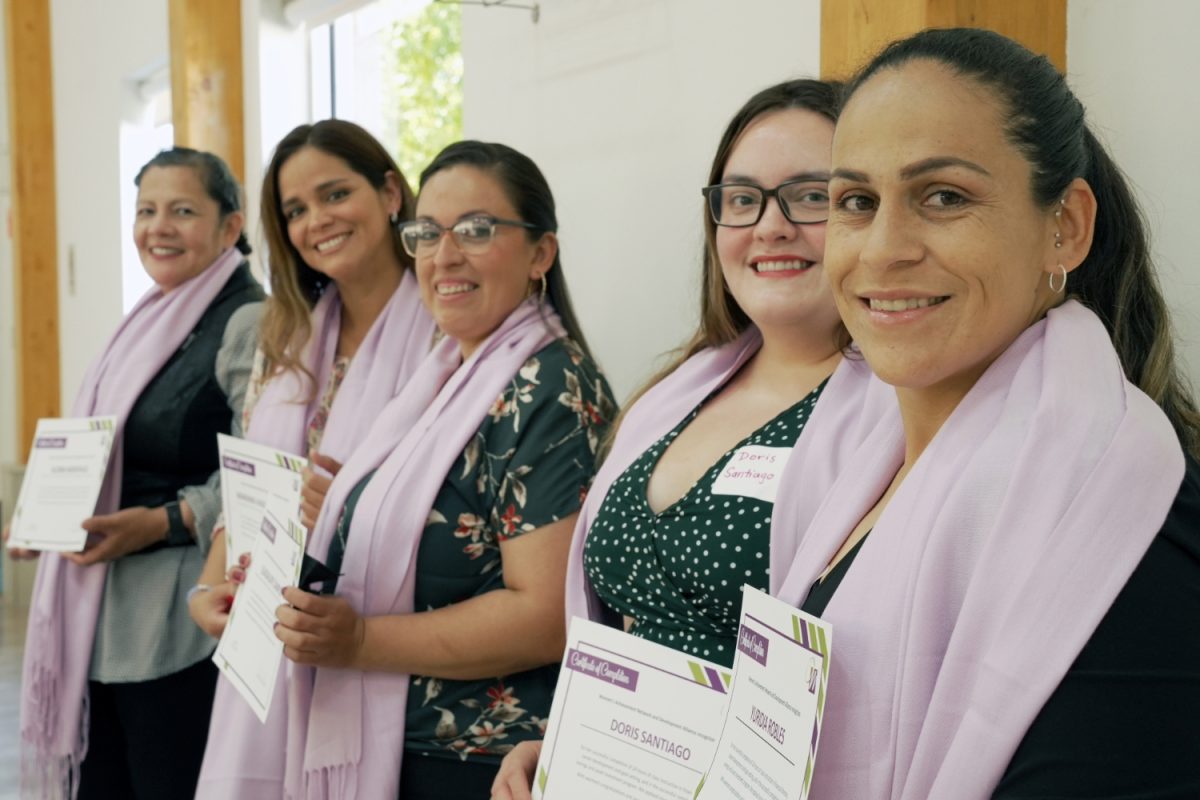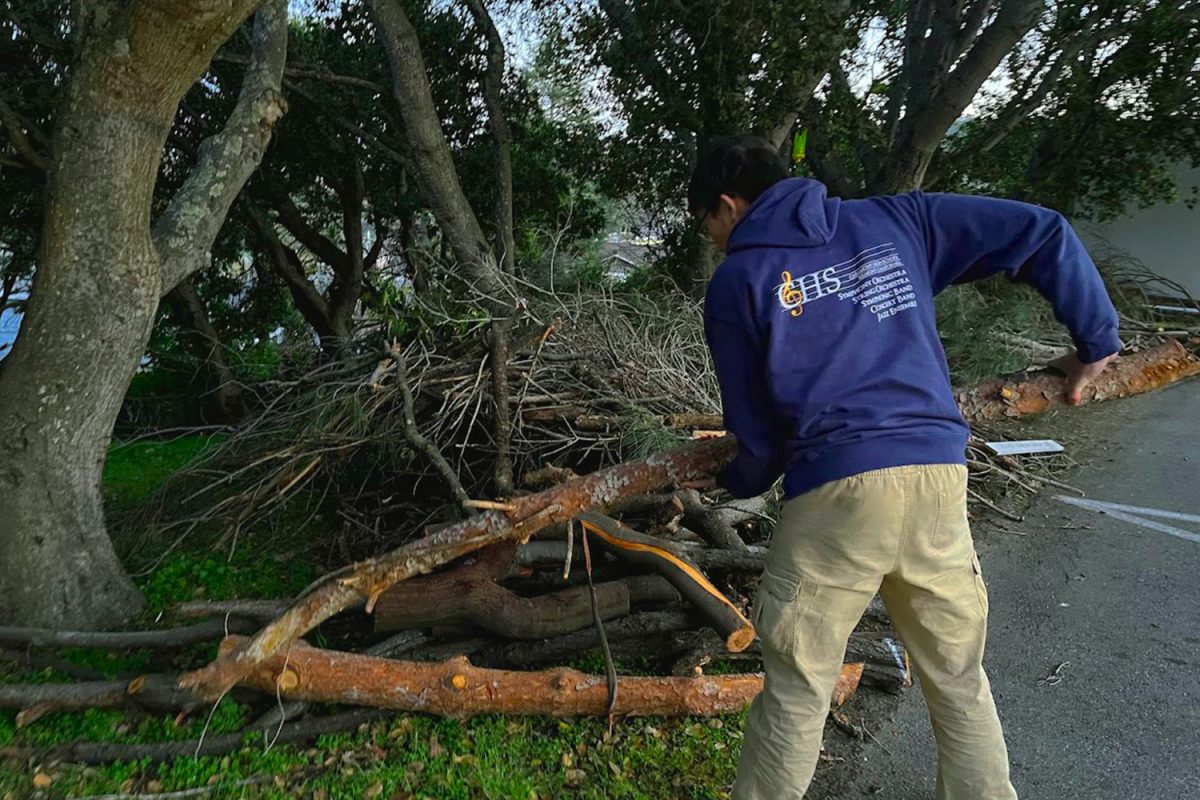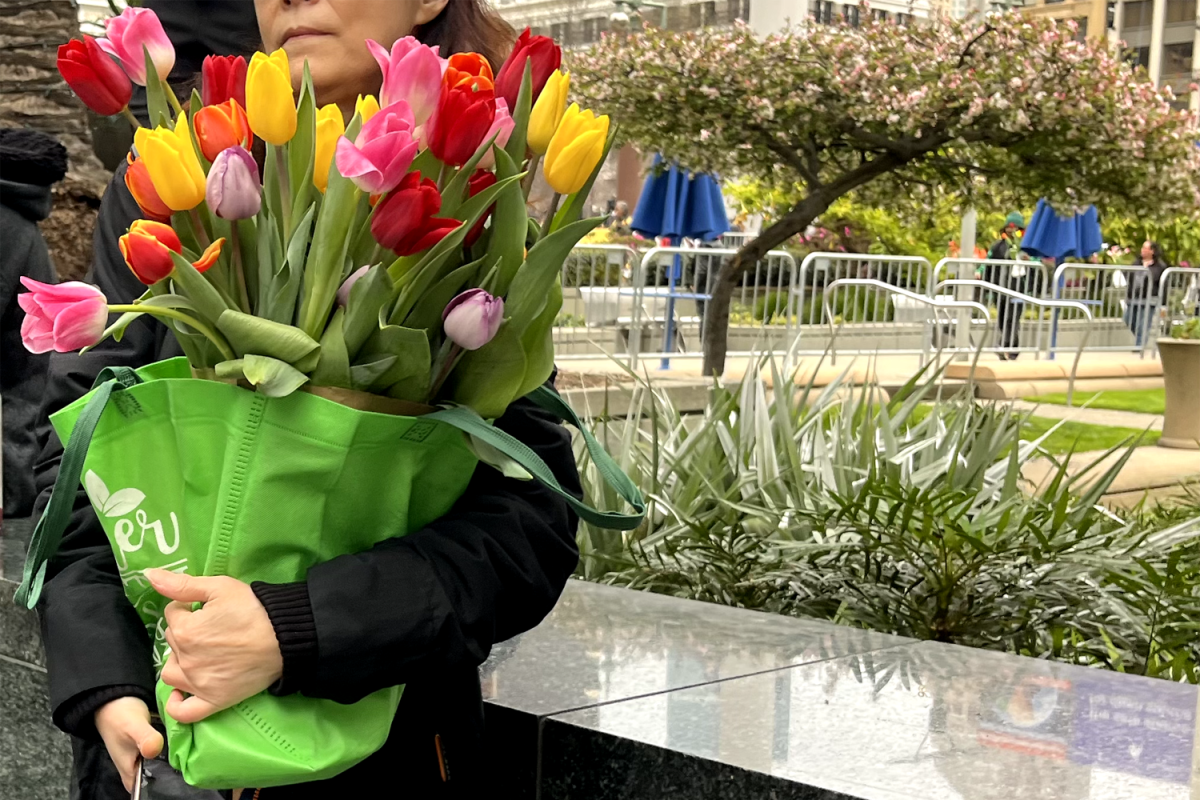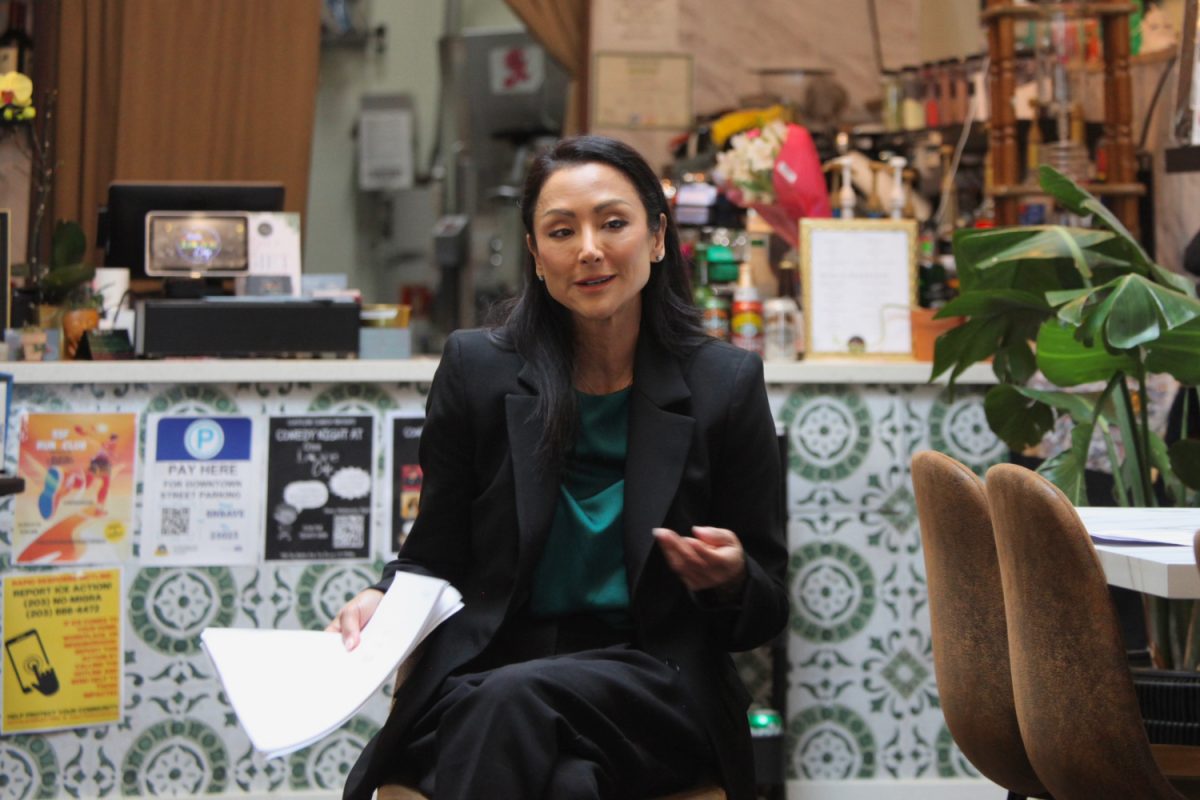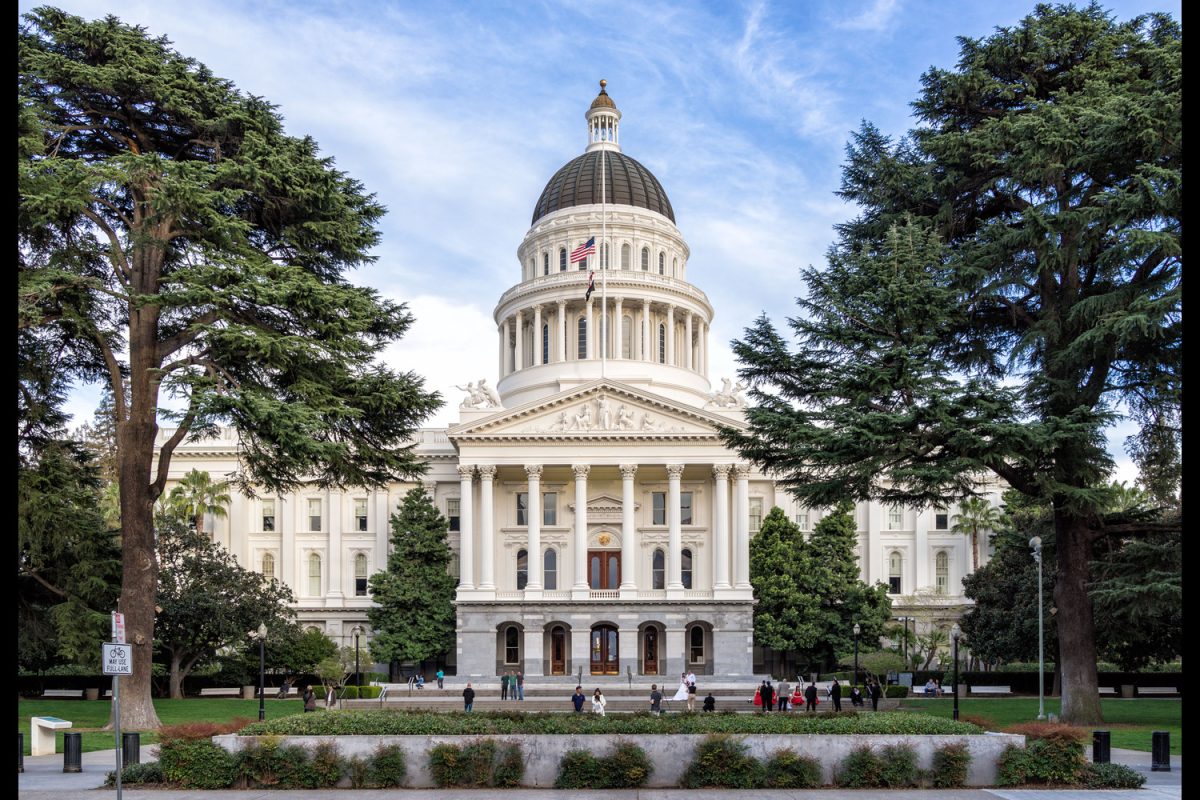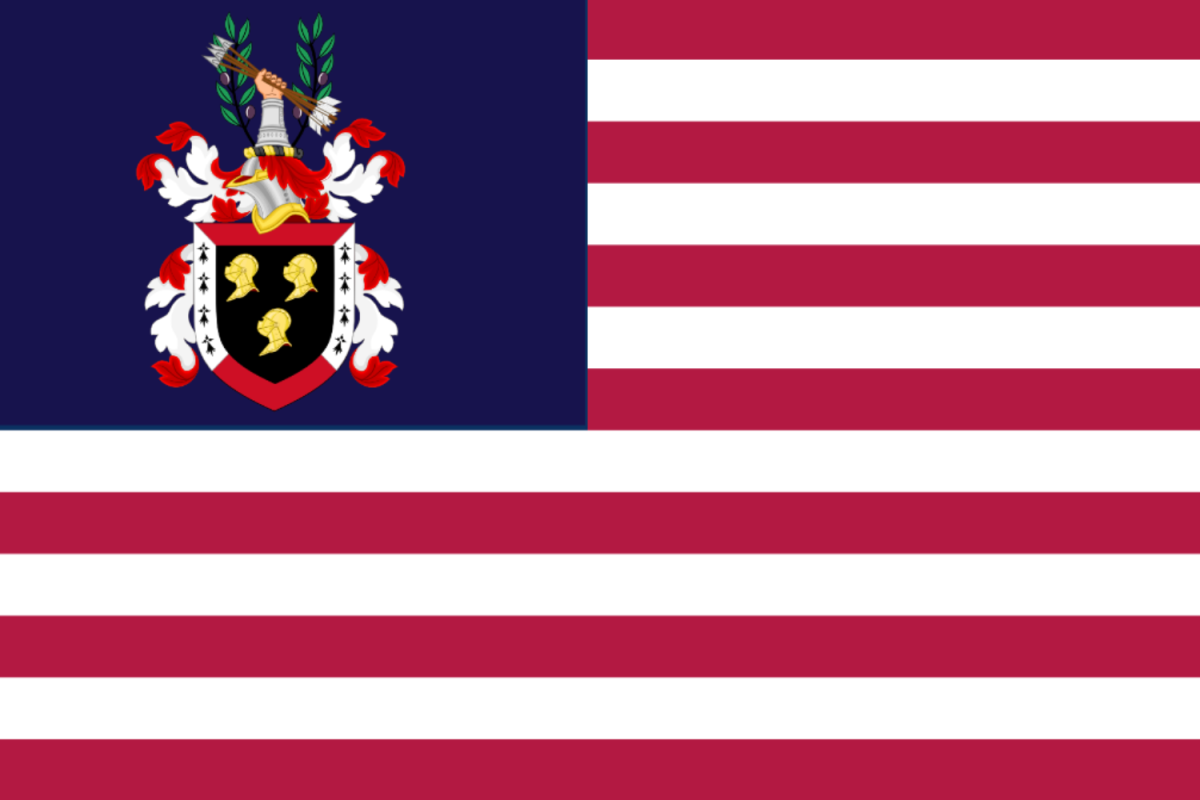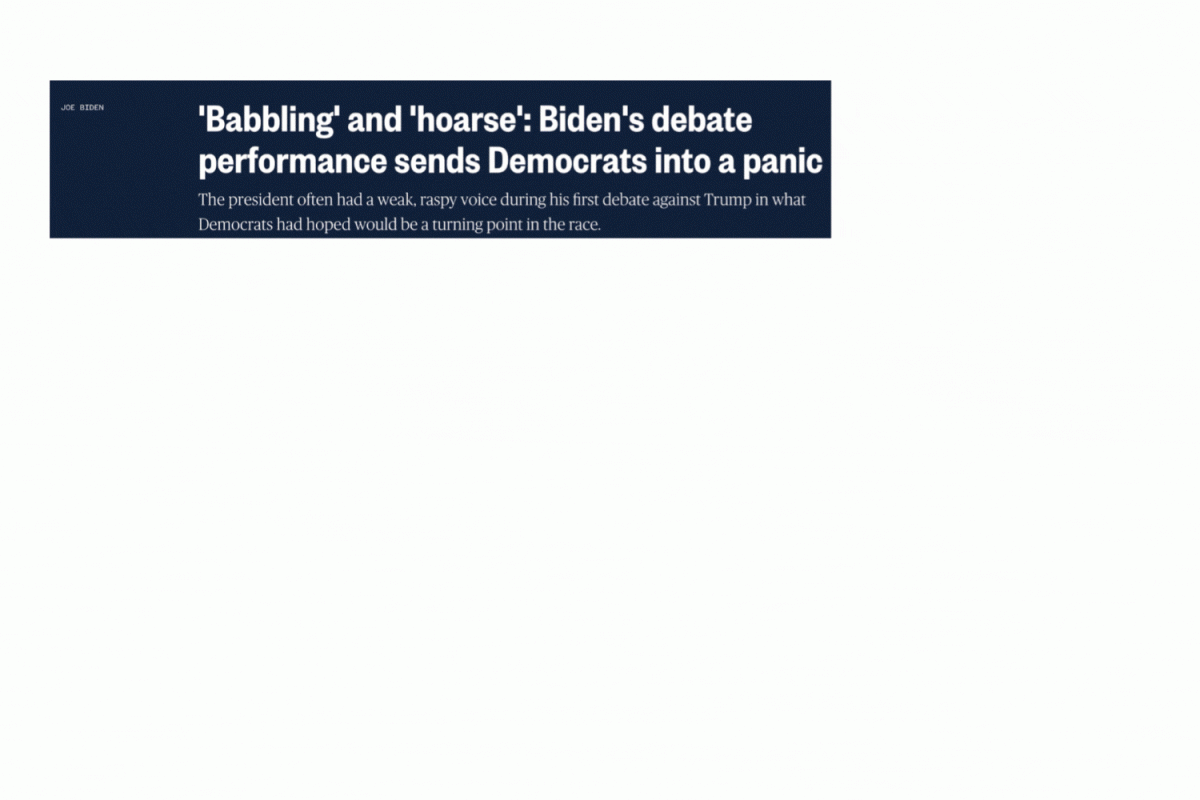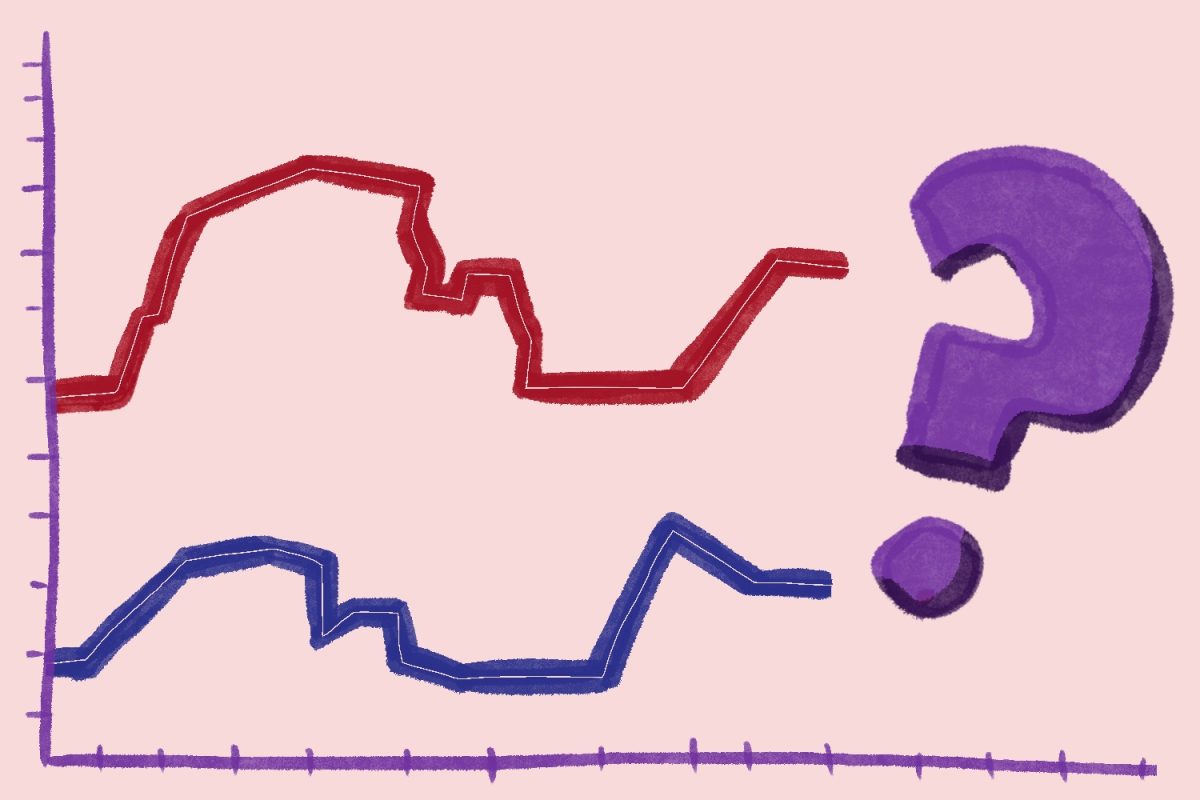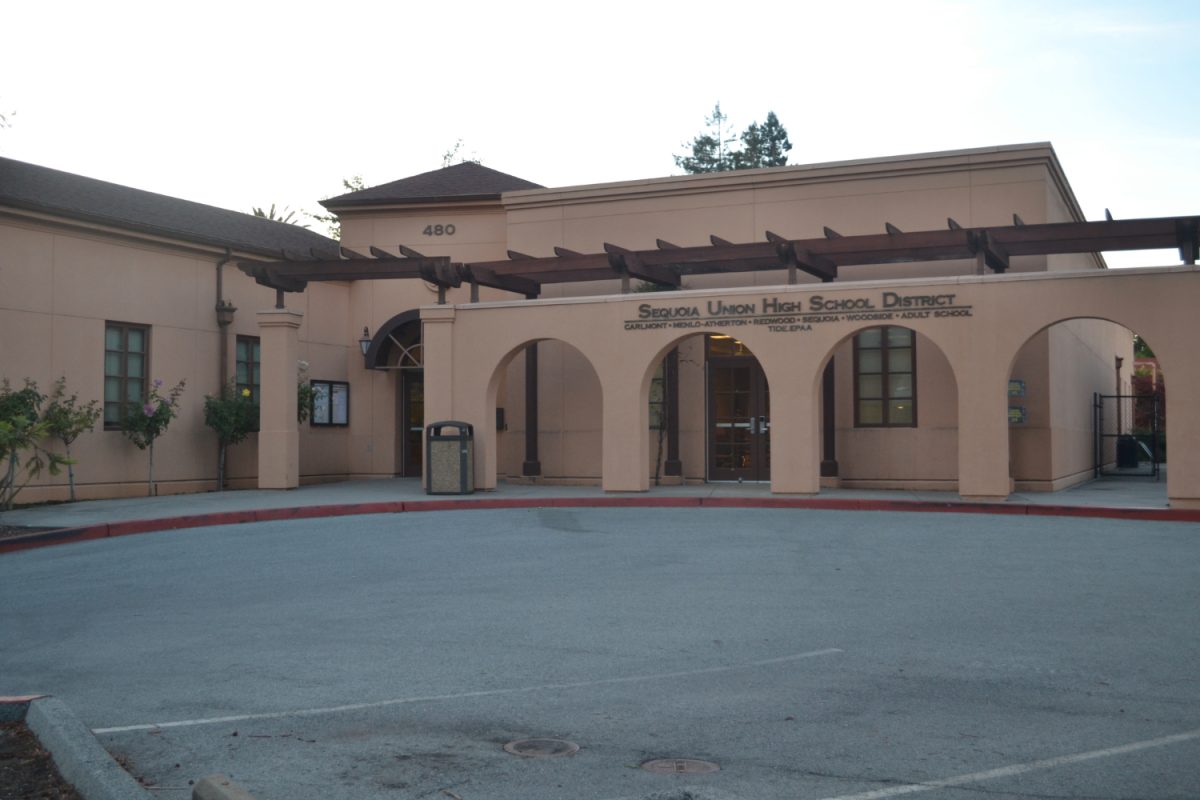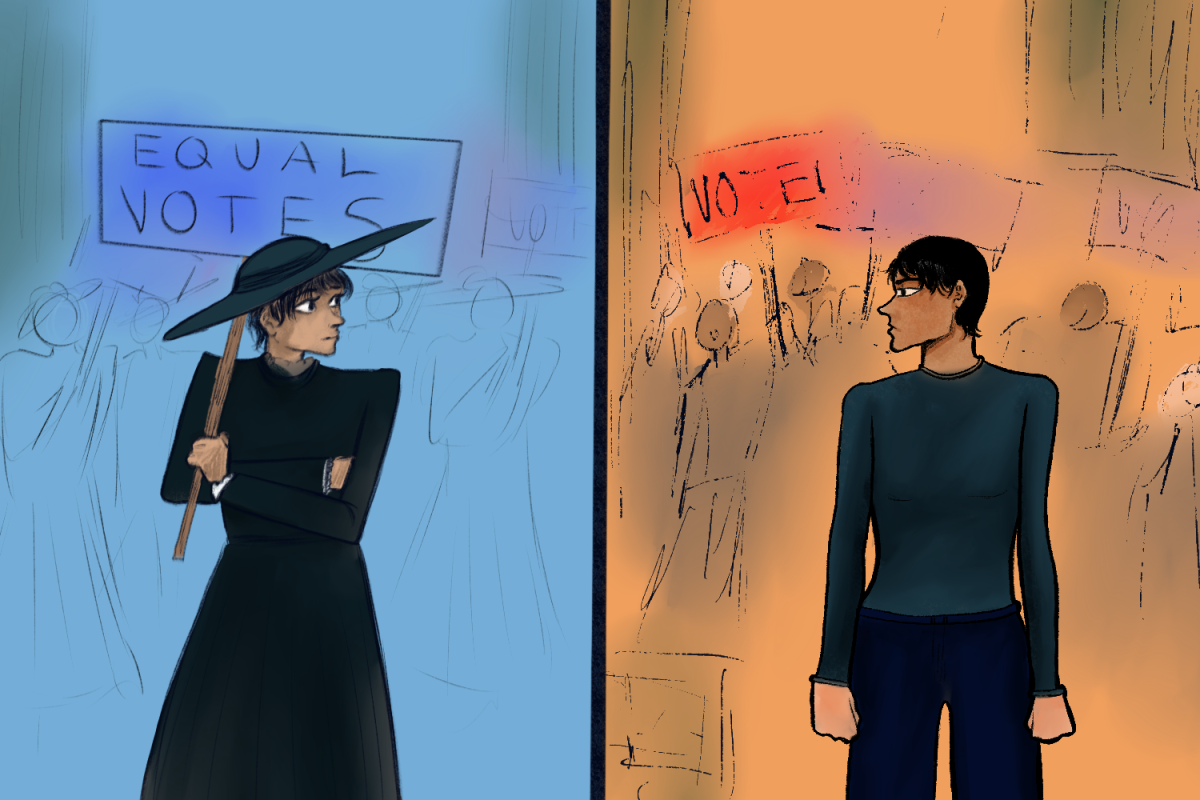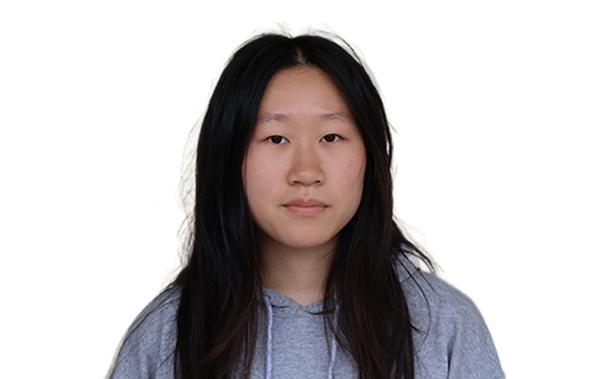In an effort to increase youth voting rates, San Mateo County officials are forming the Youth Voting Advisory Committee.
The committee will consist of high school students from both public and private high schools around the county, with meetings held virtually every other month and monthly during the election season.
Over the past few years, San Mateo County youth have voted at lower rates than the general population. As a result, Congresswoman Anna Eshoo, Congressman Kevin Mullin, and Chief Elections Officer Mark Church are forming the committee to increase youth voting participation. A local student came up with the idea of creating the committee.
“The idea for the Youth Voting Advisory Committee originated from a high school student who served on Congresswoman Anna Eshoo’s Student Advisory Committee. This particular student was hoping to reverse a historical trend of youth in San Mateo County voting at a much lower rate than the general population. The proposal was then developed and brought to our office where it was adopted with the support of Congress members Anna Eshoo and Kevin Mullin,” said Assistant Chief Elections Officer Jim Irizarry.
According to Irizarry, the committee will provide recommendations on what activities, programs, and policies to prioritize in order to ensure voting is accessible to youth voters.
“The Youth Voting Advisory Committee is unique in that it is the only advisory committee comprised of high school students who are vested with the authority to advise the registration and elections division to gain the interest of youth and increase voter preregistration and registration among young eligible voters,” Irizarry said.
According to Alice Siu, the associate director of the Stanford Deliberative Democracy Lab, low voting participation isn’t the fault of young people.
“I think that the current system does not really provide young people the necessary tools and resources to actually become engaged,” Siu said. “Young people’s eyeballs are on TikTok, Instagram, or Snapchat, and that’s where the information should be.”
There are also opportunities to communicate voting information with students within the school system.
“There are not enough opportunities taken to communicate these types of information within schools and to get that across. If it’s not done in school, then it’s really hard to get people’s attention,” Siu said.
Siu regularly works with youth. In a larger youth event, the Deliberative Democracy Lab brought together and surveyed 418 participants from around the country.
“I don’t think there’s actually one youth voting block, especially on a national scale when we draw and bring together a nationally representative sample. I think what I came away with was that young people are nuanced in their views,” Siu said.
For some youth, voting is a clear decision.
“When I am eligible to, I think I’ll definitely be voting,” said sophomore Karena Ling.
The committee will be tasked to develop ways to engage youth who may not be as certain about voting.
“For example, they may provide input on materials designed to educate young voters, or they might promote voter preregistration drives within their schools,” Irizarry said. “The committee might also collaborate with teachers to incorporate civic education into the high school curriculum. The number of ways to engage youth is limited only by the imagination of the committee members themselves.”
According to Siu, beyond communicating the value of voting, youth also benefit from learning the importance of civic engagement.
“In engaging and deliberating with each other, they are practicing the skills that we want people to have,” Siu said. “The underlying purpose is really having these skills so that people can be better citizens, not just engage in voting.”
Any high school student in San Mateo interested in voting can apply to be part of the program. Applications for the Youth Voting Advisory Committee will be open until Feb. 16.

